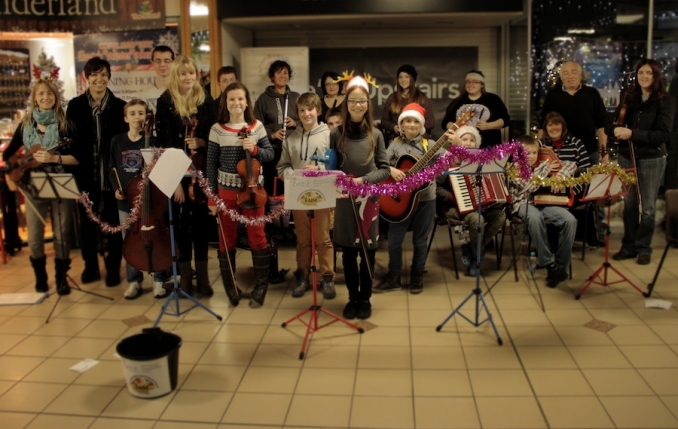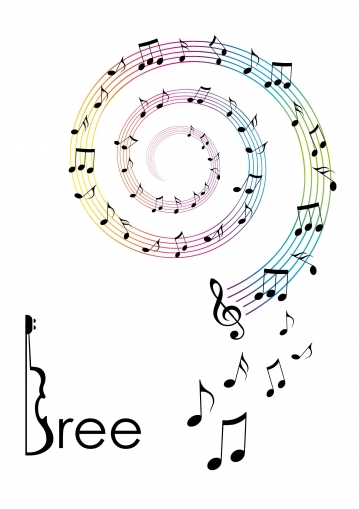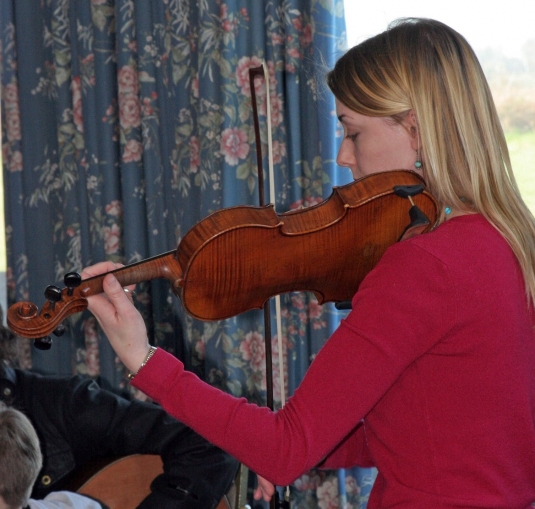Isle of Man: An Introduction to Manx Music and its Celtic Style at the House of Manannan
Dr Chloë Woolley, Culture Vannin's Manx Music Development Officer, assisted by members of Bree, (the Manx traditional music and dance youth movement), recently held an afternoon lecture at the House of Manannan in Peel which focused on an introduction to Manx music and its Celtic style.
Chloë set the scene by explaining how the term Celtic had influenced modern-day thinking in relation to music, before expanding upon how Manx traditional music fits into a wider Celtic genre. This allowed exploration of the oral tradition, early manuscript collections of the 1890s, the revival of interest in the subject during the twentieth century and some of the personalities who shaped the Manx music scene. She also assessed the musical repertoire of contemporary musicians in the traditional genre and the important socio-cultural links sustained by the Celtic music community.
Her talk traced a number of inspirational collectors, but also opened up the background to their collecting, revealing how the use of language, movement of people from a rural to an urban setting, poverty and emigration influenced the direction of the Island's music. However, its musical heritage was also shaped by the rise in popularity of music hall songs, printed sheet music and the wide-scale influence of Methodism by the eighteenth century Anglican evangelist John Wesley.
But the assertion of British patriotism during the late nineteenth century stimulated an awareness of ethnic and national status in all of the Celtic countries. Inspired, in part, by fellow Celtic nationalism and the national consciousness emerging throughout Europe, antiquarians, scholars and collectors on the Isle of Man renewed their interest in local culture and took steps towards the reconstruction of a Manx identity; albeit finely balanced between Britishness and Celticism, so as not to compromise the Island's status of 'home rule'.
The popularity of English culture became overwhelming, ultimately diluting the Manx repertoire, which stimulated collectors to track down and record what could be salvaged of local music from the indigenous population
These far-sighted individuals collected songs, tunes and ballads from a cross-section of the community, in an attempt to reconstruct and embrace a Manx history which concentrated strongly on the Island's Celtic links. Chloë and the Bree students ably demonstrated some of the collected songs and melodies.
Chloë also explained how the vibrant Manx music revival of the 1970s coincided with a period of social unrest, growth in nationalist politics, the Manx Gaelic language revival and a growing fashion for regional folk music; with its native tongue viewed as a key component of Manx identity.
Her talk concluded with an expansive view of how the Manx music scene has grown since the 1970s and firmly established itself both within the Island itself and beyond these shores - becoming an integral part of the wider Celtic community.
Valerie Caine
© March 2015



- Valerie Caine's blog
- Log in to post comments





